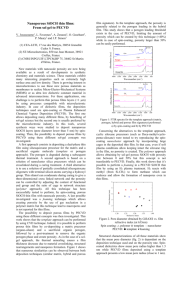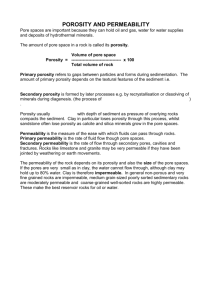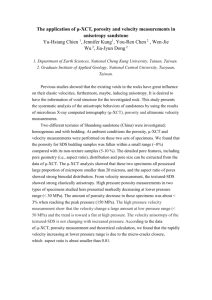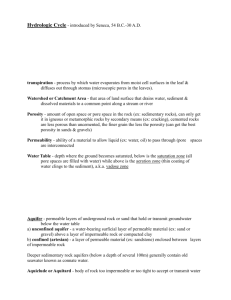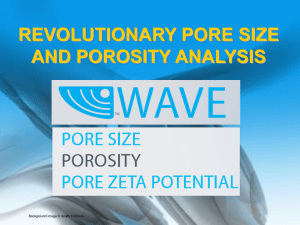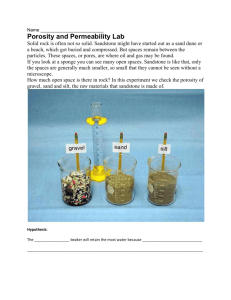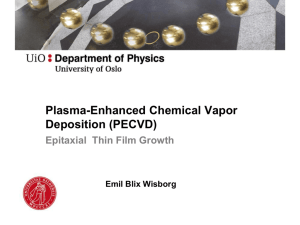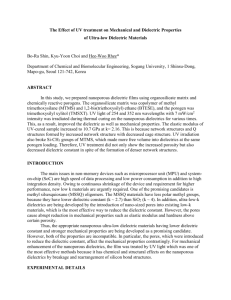Supercritical Carbon Dioxide Porogen Extraction: an
advertisement
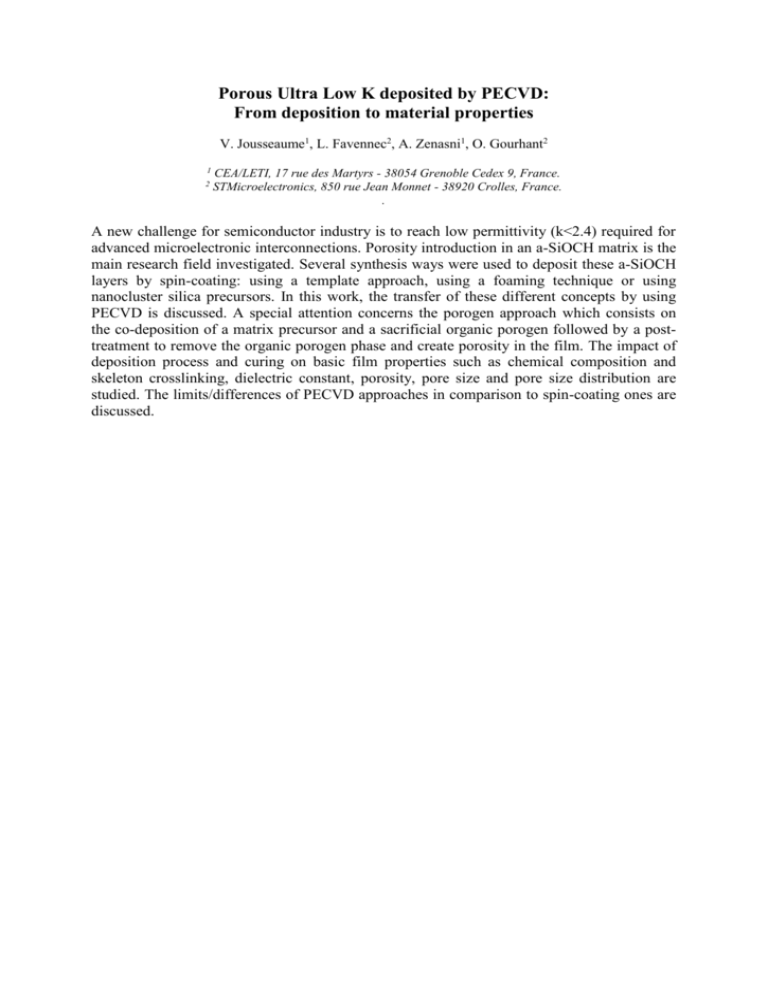
Porous Ultra Low K deposited by PECVD: From deposition to material properties V. Jousseaume1, L. Favennec2, A. Zenasni1, O. Gourhant2 1 2 CEA/LETI, 17 rue des Martyrs - 38054 Grenoble Cedex 9, France. STMicroelectronics, 850 rue Jean Monnet - 38920 Crolles, France. . A new challenge for semiconductor industry is to reach low permittivity (k<2.4) required for advanced microelectronic interconnections. Porosity introduction in an a-SiOCH matrix is the main research field investigated. Several synthesis ways were used to deposit these a-SiOCH layers by spin-coating: using a template approach, using a foaming technique or using nanocluster silica precursors. In this work, the transfer of these different concepts by using PECVD is discussed. A special attention concerns the porogen approach which consists on the co-deposition of a matrix precursor and a sacrificial organic porogen followed by a posttreatment to remove the organic porogen phase and create porosity in the film. The impact of deposition process and curing on basic film properties such as chemical composition and skeleton crosslinking, dielectric constant, porosity, pore size and pore size distribution are studied. The limits/differences of PECVD approaches in comparison to spin-coating ones are discussed.
